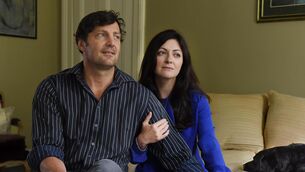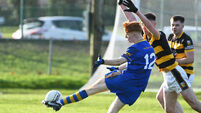Consumers all at sea trying to navigate fish guide
Despite EU regulations requiring labelling on both loose and packaged fish, many consumers find the details lacking or unintelligible, making environmentally sustainable options more difficult to find.
The dilemma for those who want to keep the pressure off vulnerable species arises as environmentalists in Britain equip consumers with a guide to what seafood they should if they want cuisine with a conscience.













